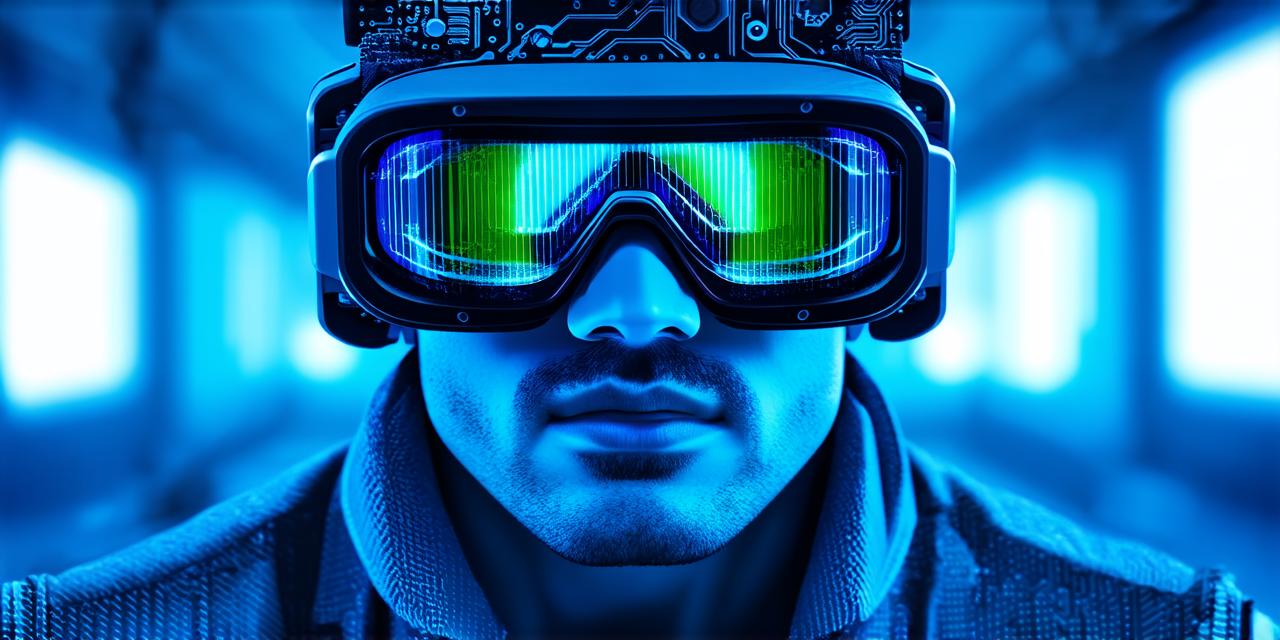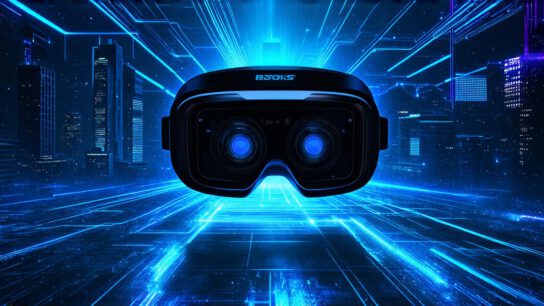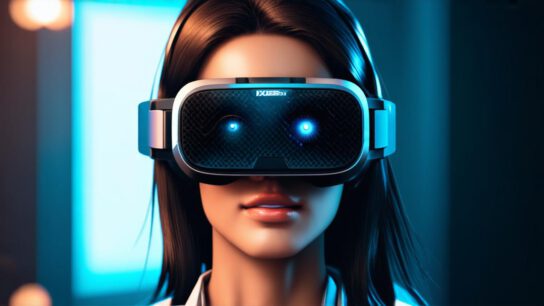Motion Sickness: An Overview
Before diving into the world of virtual reality, it’s important to understand what motion sickness is. Motion sickness is a feeling of nausea, disorientation, and headache caused by conflicting sensory inputs, such as those experienced during travel or when viewing moving objects in close proximity. While motion sickness is relatively common, it’s not a medical condition and can usually be treated with simple remedies like medication or ginger tea.
Virtual Reality: The Rise of Immersive Experiences
Now that we have a basic understanding of motion sickness, let’s explore the world of virtual reality. Virtual reality is a technology that allows users to experience immersive, simulated environments in a computer-generated way. With VR headsets and sensors, users can interact with these virtual worlds as if they were real. From gaming to education to medical training, VR offers endless possibilities for entertainment, learning, and innovation.
The Connection: Virtual Reality and Motion Sickness
So, what does all of this have to do with motion sickness? The immersive nature of virtual reality can create conflicting sensory inputs that lead to motion sickness. For example, if a user is moving their head rapidly while also viewing a virtual environment that’s stationary or moving at a different speed, it can cause disorientation and nausea. Additionally, the lack of natural lighting and real-world cues in virtual environments can make it harder for users to orient themselves, which can contribute to motion sickness as well.
Case Studies: Understanding the Impact of VR on Motion Sickness
One of the best ways to understand the relationship between VR and motion sickness is through case studies and personal experiences. Here are a few examples:
* A study by the University of Maryland found that participants who viewed a virtual environment while lying down were more likely to experience motion sickness than those who sat or stood. This suggests that the positioning of users in virtual environments can play a significant role in whether they develop motion sickness.
* A game developer reported experiencing motion sickness while testing their VR game. They noted that the rapid movements of characters and objects in the virtual environment were causing them to feel disoriented and nauseous. This highlights the importance of designing virtual environments with natural movements and transitions in mind.
* An individual who tried out a VR experience for the first time reported feeling motion sickness within a few minutes. They noted that the lack of visual cues and lighting in the virtual environment made it hard for them to orient themselves, which contributed to their discomfort. This underscores the need for designers to incorporate realistic lighting and visual cues into VR experiences.
Research: Understanding the Mechanics of Motion Sickness
In addition to case studies, there’s a wealth of scientific research on motion sickness and its relationship to virtual reality. Here are a few key findings:
* A study by the University of Cambridge found that viewing motion in a virtual environment can lead to increased brain activity and a greater sense of presence, which can contribute to motion sickness. This highlights the importance of designing VR experiences with natural movements and transitions in mind, as well as incorporating elements like visual cues and lighting that help users orient themselves.



